Optimal Timing for Catalpa Tree Removal
Timing is crucial for Catalpa tree removals to ensure safety, minimize impact on surrounding landscape, and promote healthy property management. The optimal period depends on various factors including the tree's health, local climate, and specific reasons for removal. Proper timing can also reduce the risk of pest infestations and disease spread.
Late winter to early spring, before new growth begins, is generally considered the best time for Catalpa tree removal. During this period, the tree is dormant, which minimizes stress and allows for easier removal.
Removing a Catalpa in summer may be necessary due to safety concerns or disease. However, it can cause more stress to the tree and surrounding vegetation, and may lead to increased sap flow and bleeding.
Winter removals minimize disruption to landscaping and reduce the risk of pest and disease transmission. The tree's dormancy also makes it easier to assess its structure.
Spring removals can be more challenging due to active sap flow and budding, which can lead to increased bleeding and potential for pest attraction.

Image depicting a tree being removed during dormancy, with minimal foliage and clear branches.

Image showing removal process as the tree begins to bud, highlighting considerations for active growth.
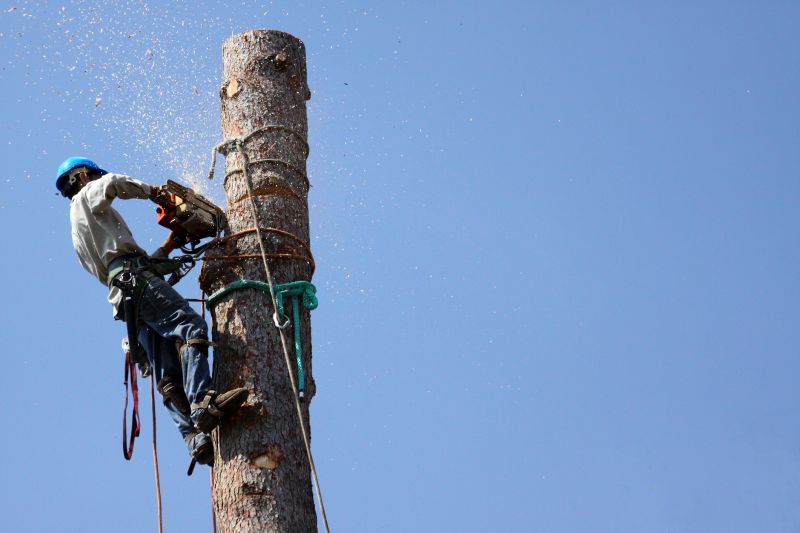
Image of removal work during the growing season, emphasizing safety precautions.
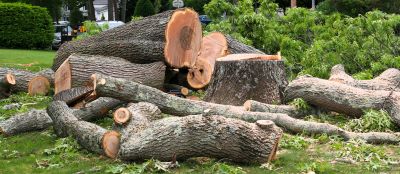
Ways to make Catalpa Tree Removals work in tight or awkward layouts.

Popular materials for Catalpa Tree Removals and why they hold up over time.
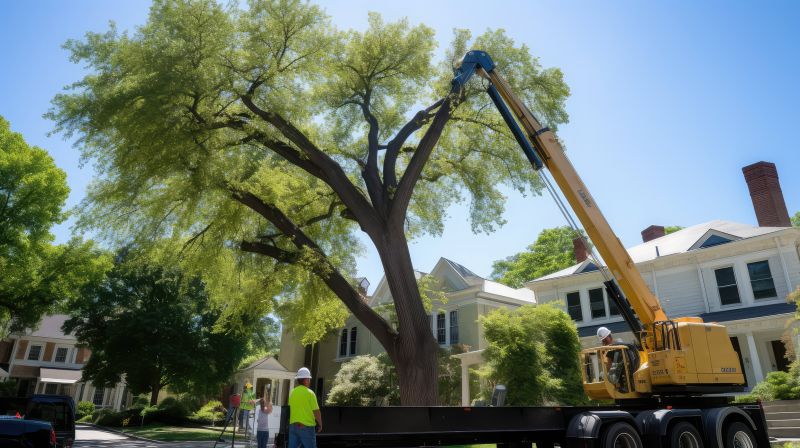
Simple add-ons that improve Catalpa Tree Removals without blowing the budget.
| Season | Advantages |
|---|---|
| Winter | Minimized pests and disease risk, easier access, less landscape disruption. |
| Spring | Before active sap flow, less bleeding, better for healthy removal. |
| Summer | Necessary in emergencies, but causes more stress to the tree. |
| Fall | Prepares tree for dormancy, but may interfere with natural cycle. |
Catalpa trees are valued for their large, showy flowers and broad leaves, making their removal a significant decision. Proper timing ensures safety and minimizes impact on surrounding vegetation. It is important to consider the tree's health, local climate, and specific removal reasons when choosing the best period.
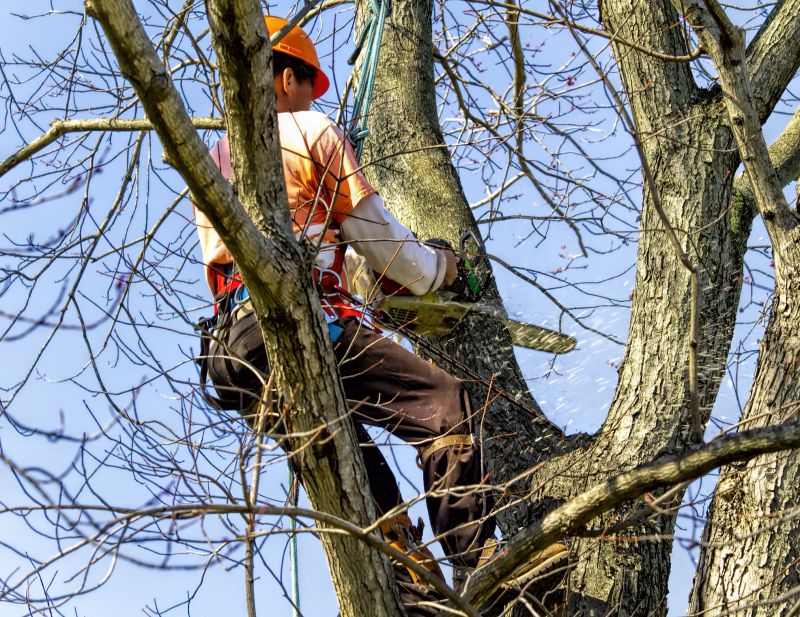
Image showing tools used for safe and efficient Catalpa tree removal.
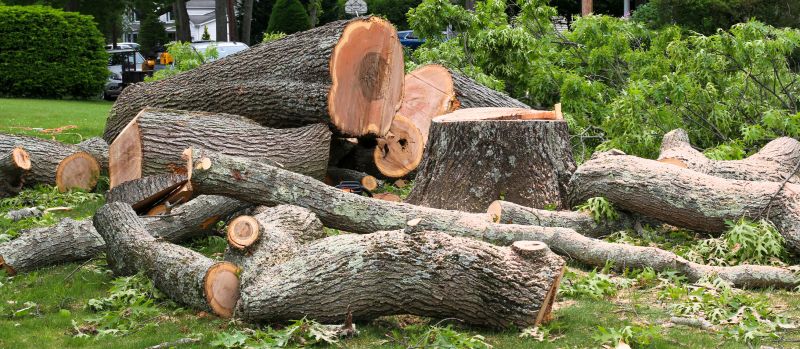
Image of a thriving Catalpa tree, illustrating the contrast with removal images.
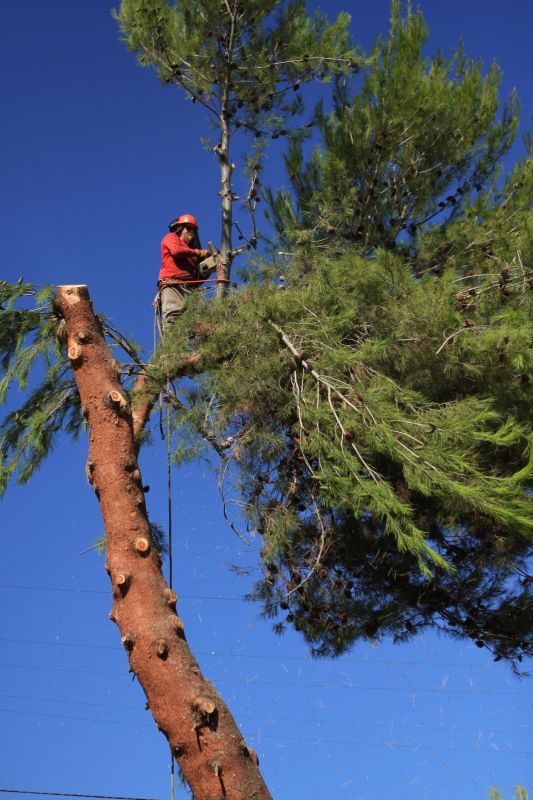
Image of site cleared and prepared for Catalpa removal, highlighting safety measures.

Image showing the cleared area after Catalpa removal, ready for replanting or landscaping.
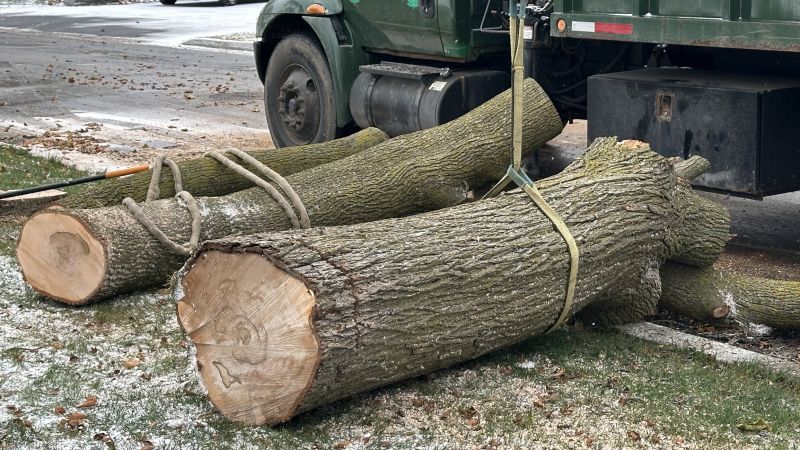
High-end options that actually feel worth it for Catalpa Tree Removals.
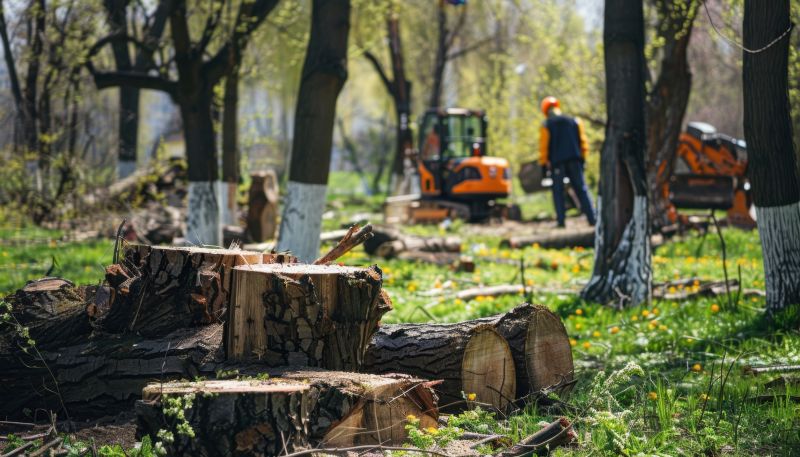
Finishes and colors that play nicely with Catalpa Tree Removals.

Little measurements that prevent headaches on Catalpa Tree Removals day.
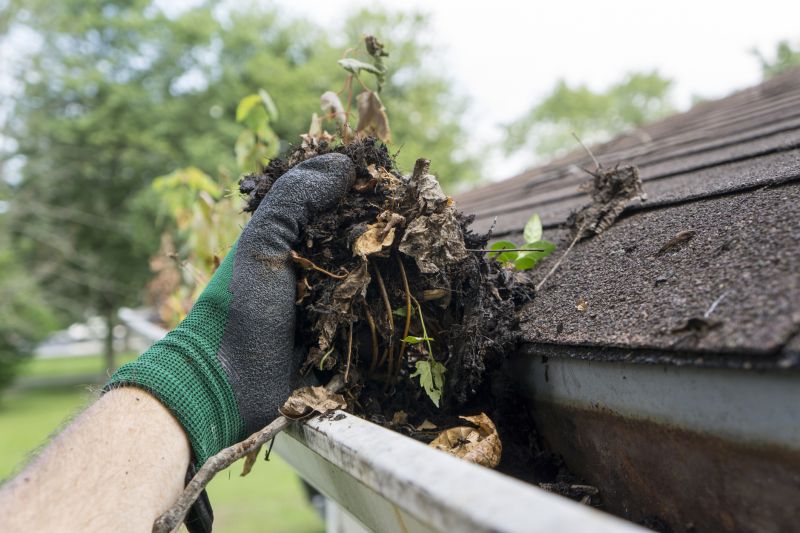
A 60-second routine that keeps Catalpa Tree Removals looking new.
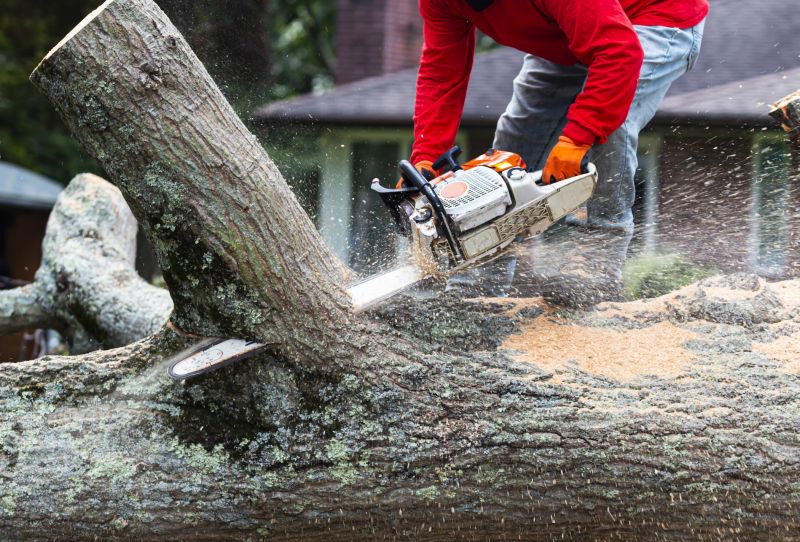
A frequent mistake in Catalpa Tree Removals and how to dodge it.
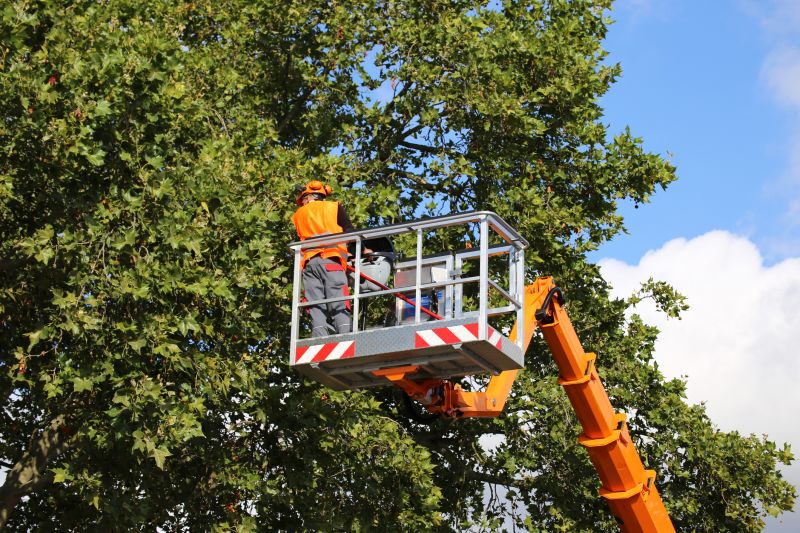
Small tweaks to make Catalpa Tree Removals safer and easier to use.

Lower-waste or water-saving choices for Catalpa Tree Removals.
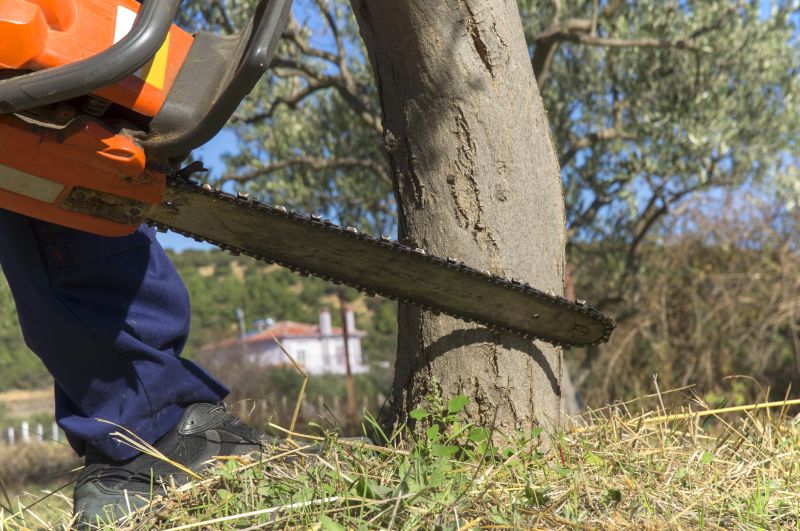
The short, realistic tool list for quality Catalpa Tree Removals.
Removing a Catalpa tree involves careful planning and execution to ensure safety and minimize landscape disturbance. Consulting with experienced arborists can help determine the most suitable timing based on specific conditions and goals.
Individuals interested in Catalpa tree removals are encouraged to contact professionals for assessments and scheduling. Proper timing and execution can ensure a safe and efficient removal process.



